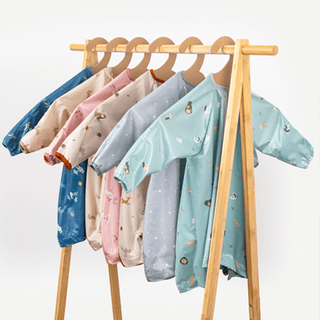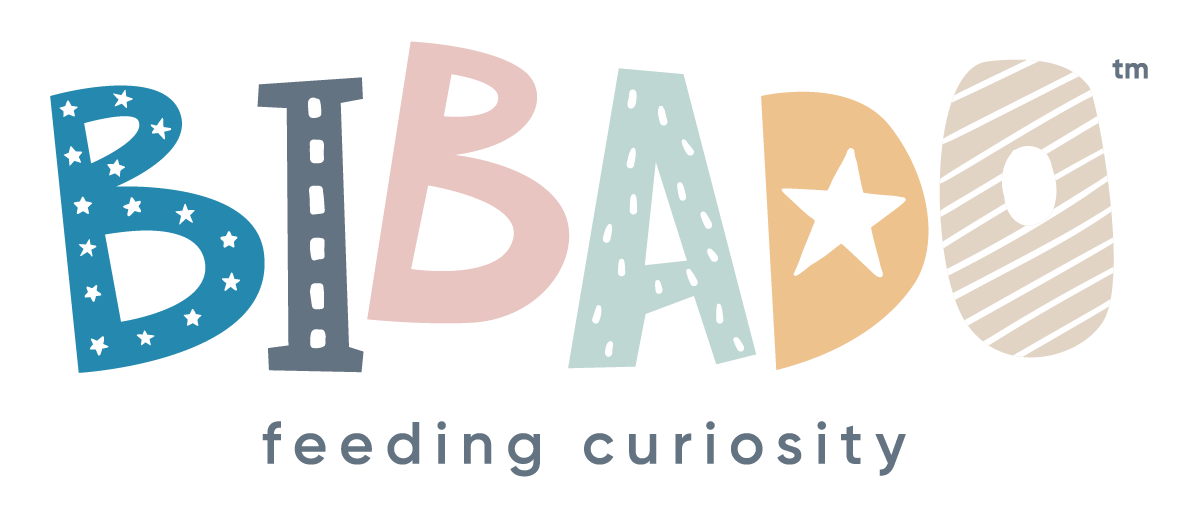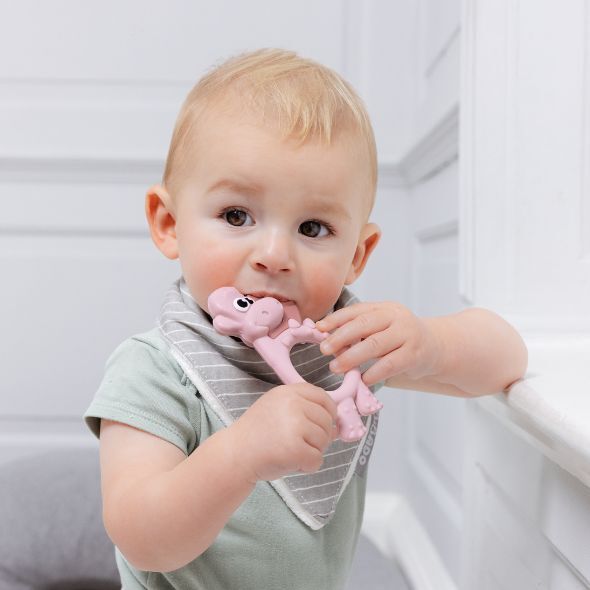Mealtime adventures are better with Bibado! Let our award-winning products make a difference to your weaning journey.
 Shop Now
Shop Now


Though parents tend to start thinking about weaning when their baby is between 4-6 months old, you can begin to lay the foundations for successful feeding much earlier. So, before you even consider whether you’re opting for baby-led or parent-led weaning, here are five ways to increase your chances of winning at weaning and give those developmental milestones a super boost. There’s no fancy or expensive equipment required, and the great news is that almost everything good you can do is entirely within your control.
Read on for five fail-safe strategies to equip your little ones with the life-changing skills to give them a head start on their mealtime adventures.

If you’re a new parent, the thought of weaning is probably the farthest thought from your mind right now. That, and the idea of getting a full night’s sleep again. What you might be surprised to learn is that there’s a lot of research and expert opinion that suggests what you do, and don’t do, in those early months of your baby’s life can significantly impact how they adapt and transition to solids. Put simply; it’s never too soon to start the groundwork.

Though parents tend to start thinking about weaning when their baby is between 4-6 months old, you can begin to lay the foundations for successful feeding much earlier. So, before you even consider whether you’re opting for baby-led or parent-led weaning, here are five ways to increase your chances of winning at weaning and give those developmental milestones a super boost. There’s no fancy or expensive equipment required, and the great news is that almost everything good you can do is entirely within your control.
Read on for five fail-safe strategies to equip your little ones with the life-changing skills to give them a head start on their mealtime adventures.

Hands-Up!
Babies start to discover their hands anytime between 6-8 weeks. Once they’ve found them, they’ll spend the next few months reaching for anything and everything in sight. Though it will be a few months before they perfect their grasping and releasing skills, you should do everything you can to encourage them to bring their hands to their mouths. Sounds obvious, right, but it can also be a natural instinct for parents to discourage their little ones from chewing on their hands and fists – especially as we’ve all become so obsessed with hand hygiene post-pandemic.
The motion of getting the hands to the mouth is a seismic milestone. It’s a precursor to bringing food into the midline and up to the mouth, as well as using cutlery, and should be encouraged at every opportunity. That’s why encouraging clapping as part of sing-along time is so important!

Teethers, teethers everywhere and not a tooth in sight!
Forget everything you ever thought you knew about teethers. You aren’t alone if you believe teething toys are solely for little ones with teeth. This is probably one of the biggest misconceptions about this hugely valuable yet relatively inexpensive developmental aid. Yes, they’re good for soothing the pain associated with erupting teeth, but they’re capable of so much more. Having one at the ready from 3 months onwards is one of the savviest parenting decisions you’ll make!
Oral exploration is everything for babies, and a multi-sensory teether can provide serious developmental gains when it comes to strengthening the mouth muscles required for successful feeding. As soon as your little one shows an interest in putting things in their mouth, arm them with a teether. Steer clear of those that major in form over function. Those meaningless squeaks will do zilch for their mouth muscles! Instead, look for a teether with multiple textures and features that will give the mouth a complete workout. Our very own Dotty the Dinosaur™ was created in conjunction with child healthcare experts. She’s been designed to work the four main muscle groups in their mouth – tongue, jaw, lips and cheek.

Sensory & Sensibility
Think of sensory experiences as a prelude to eating – an aperitif, if you like, before the main meal. This could be as simple as letting your little one go barefoot in the grass or sand and encouraging them to explore a wide variety of textures safely. Even before they get started on food, babies will experience texture in the things they touch and the toys and teethers they explore with their gums, tongues and mouths. Widen their horizons to texture long before they sit in a highchair, and they’ll already be predisposed to accept new tastes and textures in the foods they explore.

Have a healthy regard for mess
This one is closely aligned with sensory exploration and very much concerned with your outward response and reaction to mess. Babies learn through play and by exploring. In the early days, that equals a lot of mess. Though that can equal a whole lotta inconvenience in your eyes, the best thing you can do is channel your inner Elsa and ‘let it go’. By all means, organise your store cupboard alphabetically. You even have our full permission to line up your baked beans and tomato soup with the labels facing forwards. Take it from the experts, though; messy hands and faces equal curiosity, which almost always leads to developmental gains. Resist the temptation to be constantly on standby with the wet wipes or flannel. That’s why we invented the Bibado Coverall! It’s there to embrace their curiosity and catch all the spills and spoils so they can immerse themselves in messy play and food discovery without limits. Making a mess is the road to sensory development and the best way to set little mouths up for feeding success.

Channel your inner child
You might be noticing a pattern by this point. All of the strategies interlink and are interdependent in one way or another. Channelling your inner child means getting involved in your child’s curiosity and joining in with the fun. Set your parental stresses aside and try not to focus on the clean-up operation. Model encouraging behaviour yourself and try not to display expressions of distaste or dissatisfaction when your little one makes a mess or explores a texture. This goes for messy play as much as it does food exploration. Take the lead and show them that it’s ok to get acquainted with non-toxic paints, water, safe food types and textures. Showcase delight and make positive noises and facial expressions as you demonstrate handling and experiencing different textures. Avoid pulling things away from them in haste or whipping their hands away from mess – unless, of course, it’s in the interests of safety. Such seemingly innocent acts to us can have a detrimental effect on their willingness to stay curious and explore.
We hope you’ve enjoyed these tips and that they’ve offered insight into the wonderful world of weaning. It’s a magical time in your baby’s developmental journey and one to which you can add value. The work you put in now and how you approach this foundational phase can help minimise picky eating and other developmental delays, so throw yourself in and enjoy the ride.
Remember that all babies develop at different paces, so use this advice as a guideline and trust your instincts as a parent. If you feel like there are any delays in your little one discovering their hands or wanting to put things in their mouth, seek the help of your health practitioner or GP.
Follow us for more delicious, nutritious bite-size Bibado goodness